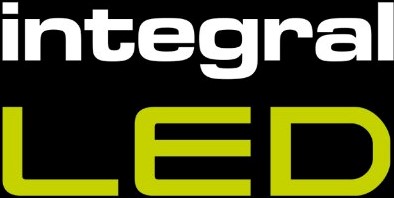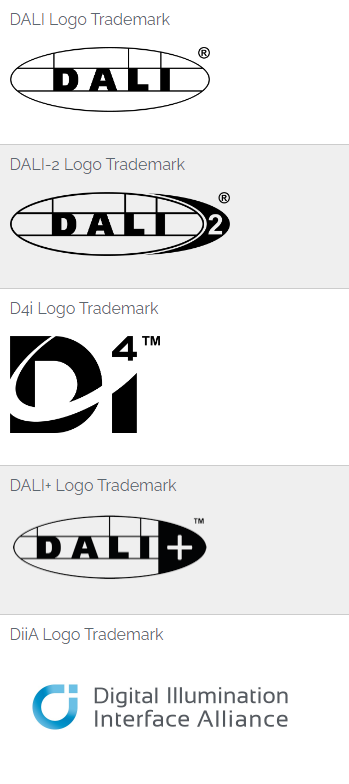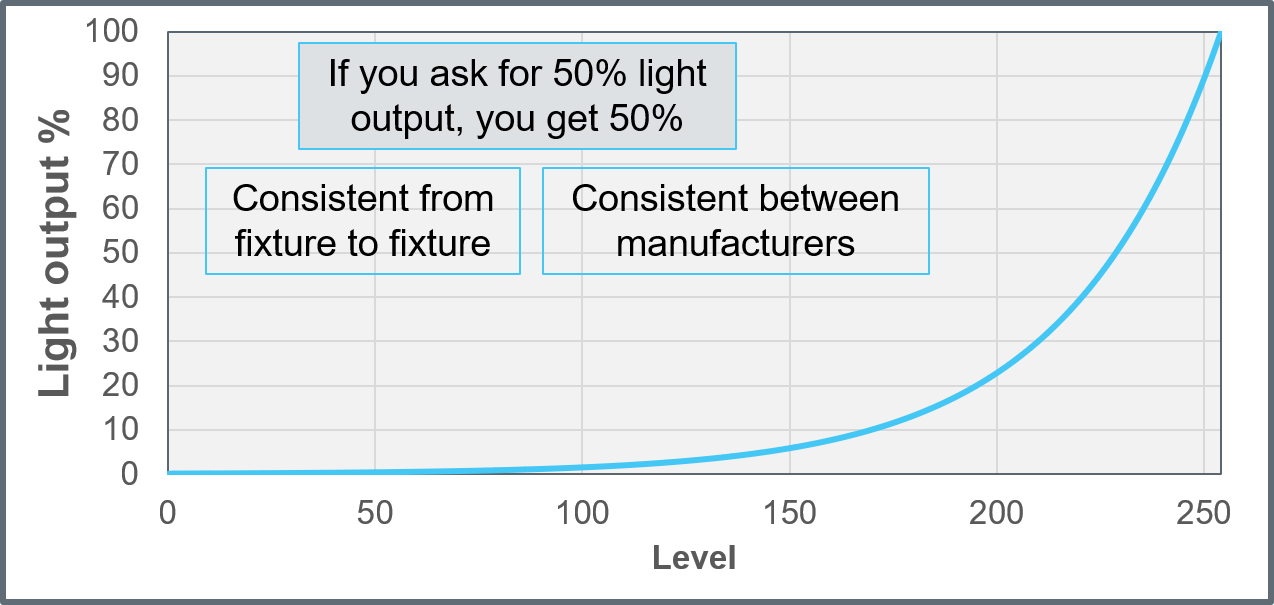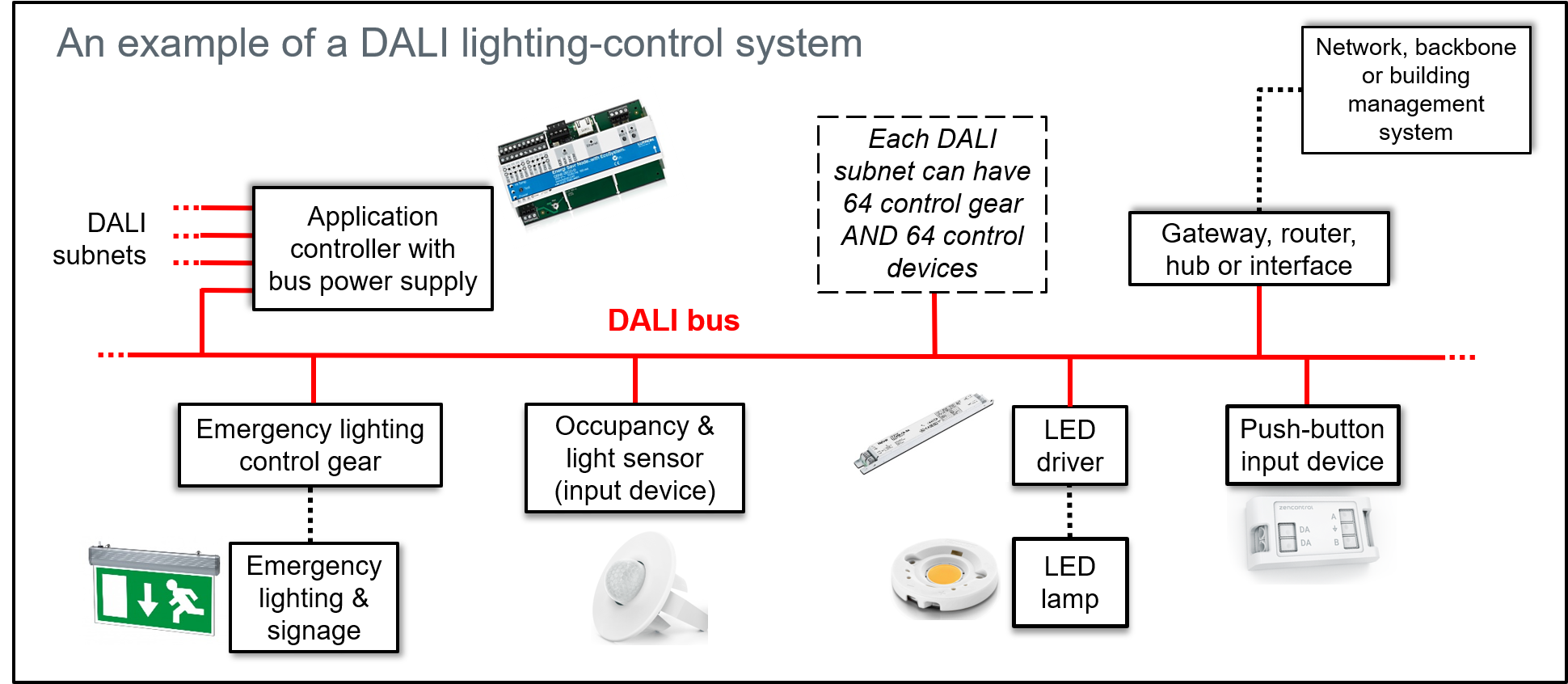A Deep Dive into DALI
DALI, or Digital Addressable Lighting Interface, is a dedicated protocol for digital lighting control allowing the seamless installation of robust, scalable, and flexible lighting networks. At Integral LED, we have delved into the intricacies of DALI, providing a comprehensive look at its operation and notable features.
What is DALI?
Originally designed to revolutionise the control and configuration of ballasts for fluorescent lighting, DALI brought lighting control into the digital age superseding its analogue predecessors, like 0/1-10V. Unlike the one-way broadcast forerunners, DALI introduced the capability to assign individual addresses to each device, allowing for precise control and grouping functionalities which empower users to configure dynamic lighting systems.
DALI operates on a two-way communication model, enabling devices to receive control and configuration commands, report failures or respond to status enquiries.
An Industry Standard
DALI is an industry standardised control system, with procedures and protocols set out in the multi-part international standard IEC 62386 and by specifications written by the DiiA (Digital Illumination Interface Alliance). Restructured in 2014 to accommodate DALI-2—a certification program developed and maintained by the DALI Alliance, the program underscores the interoperability of DALI products and involves rigorous testing verified independently by the Alliance.
By promoting cross manufacturer compatibility, different DALI-compliant products can communicate and integrate flawlessly, fostering a cohesive and efficient digital lighting control ecosystem. This empowers electricians, installers, and lighting designers to leverage a diverse range of products from multiple origins, expanding the scope of available features and functionalities for their designs and installations.
Ease of Installation
The simplicity of wiring this system is a key advantage; DALI consolidates power and data transmission into a single pair of wires, eliminating the need for a separate bus cable and unlike some other lighting control systems, DALI disregards wire polarity, reducing the likelihood of wiring errors.
Individual, Group, and Broadcast Control
One of the main features that sets DALI apart is its sophisticated communication capabilities allowing for individual, group, and broadcast addressing. Individual addressing permits the precise digital control of each DALI device, whereas group addressing facilitates the simultaneous control of multiple devices, enabling users to synchronise lighting across specific fixtures or zones. The broadcast option adds another layer of efficiency, allowing commands to be sent universally to all DALI devices within a system. This flexibility in addressing ensures that DALI caters to diverse user preferences and the intricacies of different lighting scenarios.
Dimming Precision
DALI's precise dimming technology ensures consistent and repeatable control of light level outputs. Certified DALI-2 control gear adheres to a standardised dimming curve, designed to align with the sensitivity and brightness perception of the human eye, guaranteeing a uniform and comfortable lighting experience.
The testing procedures for DALI-2 compliance include rigorous measurements of light output, ensuring adherence to the standardised dimming curve. This commitment to dimming precision positions DALI as an ideal choice for applications where accurate control of light intensity is paramount, ranging from ambient residential lighting to specialised commercial setups.
Colour Control
DALI masters the intricacies of colour, allowing various methods of colour control collectively referred to as "colour types" which were integrated into the protocol under the DALI-2 certification.
Tc (Tunable White) facilitates control of correlated colour temperature (CCT), RGBWAF (RGB Colour Control) allows simple management of up to six channels of colour, and xy coordinate (xy Colour Control) provides precise and repeatable selection of colour coordinates from the CIE colour space chromaticity diagram (1931).
Scenes
Scenes, a powerful feature of DALI, enable users to pre-program and swiftly recall different light settings across the system, contributing to a dynamic and adaptable lighting environment.
Types of Command
DALI's diverse command structure encompasses control, configuration and query functionalities. Control commands include initiating fades to predefined light levels, recalling pre-programmed scenes, or simply turning the lights off. Configuration commands allow users to fine-tune parameters like fade times or adjust light levels stored in specific scenes, offering a high degree of customisation. DALI queries enable users to gather real-time information about the status of devices, including current light output levels or whether there is a lamp failure.
Network Structure
DALI's network structure revolves around the concept of subnets, each supporting up to 64 control gear devices and 64 control devices. Control gear supplies light sources with power (e.g. LED drivers) whereas control devices encompass application controllers and input devices like sensors, switches, and push-button devices, facilitating user input into the lighting design. Subnets provide a framework for organised, efficient communication, allowing for the creation of intricate and extensive, yet manageable lighting systems. Subnets can be networked together for building wide control.
DALI subnets and networks seamlessly merge with wireless systems, amplifying flexibility and control capabilities beyond the confines of traditional wired functionality. This extends to Bluetooth integration via gateways, and the advent of DALI+, which introduces wireless control facilitated by IP-based carriers, such as WiFi, ushering in a new era of expansive connectivity and convenience.
DALI enables efficient control and configuration within the structure of an industry recognised and carefully managed ecosystem. With its proficiency in dimming and meticulous attention to interoperability, DALI emerges as a robust and adaptable solution, shaping the landscape of modern lighting.
Integral LED offers a range of products with in-built DALI modules for instant compatibility with the DALI ecosystem, as well as a selection of DALI enabled drivers and modules to allow our products to be used in conjunction with the DALI smart lighting control system. Shop now.
A Deep Dive into DALI
DALI, or Digital Addressable Lighting Interface, is a dedicated protocol for digital lighting control allowing the seamless installation of robust, scalable, and flexible lighting networks. At Integral LED, we have delved into the intricacies of DALI, providing a comprehensive look at its operation and notable features.
What is DALI?
Originally designed to revolutionise the control and configuration of ballasts for fluorescent lighting, DALI brought lighting control into the digital age superseding its analogue predecessors, like 0/1-10V. Unlike the one-way broadcast forerunners, DALI introduced the capability to assign individual addresses to each device, allowing for precise control and grouping functionalities which empower users to configure dynamic lighting systems.
DALI operates on a two-way communication model, enabling devices to receive control and configuration commands, report failures or respond to status enquiries.
An Industry Standard
DALI is an industry standardised control system, with procedures and protocols set out in the multi-part international standard IEC 62386 and by specifications written by the DiiA (Digital Illumination Interface Alliance). Restructured in 2014 to accommodate DALI-2—a certification program developed and maintained by the DALI Alliance, the program underscores the interoperability of DALI products and involves rigorous testing verified independently by the Alliance.
By promoting cross manufacturer compatibility, different DALI-compliant products can communicate and integrate flawlessly, fostering a cohesive and efficient digital lighting control ecosystem. This empowers electricians, installers, and lighting designers to leverage a diverse range of products from multiple origins, expanding the scope of available features and functionalities for their designs and installations.
Ease of Installation
The simplicity of wiring this system is a key advantage; DALI consolidates power and data transmission into a single pair of wires, eliminating the need for a separate bus cable and unlike some other lighting control systems, DALI disregards wire polarity, reducing the likelihood of wiring errors.
Individual, Group, and Broadcast Control
One of the main features that sets DALI apart is its sophisticated communication capabilities allowing for individual, group, and broadcast addressing. Individual addressing permits the precise digital control of each DALI device, whereas group addressing facilitates the simultaneous control of multiple devices, enabling users to synchronise lighting across specific fixtures or zones. The broadcast option adds another layer of efficiency, allowing commands to be sent universally to all DALI devices within a system. This flexibility in addressing ensures that DALI caters to diverse user preferences and the intricacies of different lighting scenarios.
Dimming Precision
DALI's precise dimming technology ensures consistent and repeatable control of light level outputs. Certified DALI-2 control gear adheres to a standardised dimming curve, designed to align with the sensitivity and brightness perception of the human eye, guaranteeing a uniform and comfortable lighting experience.
The testing procedures for DALI-2 compliance include rigorous measurements of light output, ensuring adherence to the standardised dimming curve. This commitment to dimming precision positions DALI as an ideal choice for applications where accurate control of light intensity is paramount, ranging from ambient residential lighting to specialised commercial setups.
Colour Control
DALI masters the intricacies of colour, allowing various methods of colour control collectively referred to as "colour types" which were integrated into the protocol under the DALI-2 certification.
Tc (Tunable White) facilitates control of correlated colour temperature (CCT), RGBWAF (RGB Colour Control) allows simple management of up to six channels of colour, and xy coordinate (xy Colour Control) provides precise and repeatable selection of colour coordinates from the CIE colour space chromaticity diagram (1931).
Scenes
Scenes, a powerful feature of DALI, enable users to pre-program and swiftly recall different light settings across the system, contributing to a dynamic and adaptable lighting environment.
Types of Command
DALI's diverse command structure encompasses control, configuration and query functionalities. Control commands include initiating fades to predefined light levels, recalling pre-programmed scenes, or simply turning the lights off. Configuration commands allow users to fine-tune parameters like fade times or adjust light levels stored in specific scenes, offering a high degree of customisation. DALI queries enable users to gather real-time information about the status of devices, including current light output levels or whether there is a lamp failure.
Network Structure
DALI's network structure revolves around the concept of subnets, each supporting up to 64 control gear devices and 64 control devices. Control gear supplies light sources with power (e.g. LED drivers) whereas control devices encompass application controllers and input devices like sensors, switches, and push-button devices, facilitating user input into the lighting design. Subnets provide a framework for organised, efficient communication, allowing for the creation of intricate and extensive, yet manageable lighting systems. Subnets can be networked together for building wide control.
DALI subnets and networks seamlessly merge with wireless systems, amplifying flexibility and control capabilities beyond the confines of traditional wired functionality. This extends to Bluetooth integration via gateways, and the advent of DALI+, which introduces wireless control facilitated by IP-based carriers, such as WiFi, ushering in a new era of expansive connectivity and convenience.
DALI enables efficient control and configuration within the structure of an industry recognised and carefully managed ecosystem. With its proficiency in dimming and meticulous attention to interoperability, DALI emerges as a robust and adaptable solution, shaping the landscape of modern lighting.
Integral LED offers a range of products with in-built DALI modules for instant compatibility with the DALI ecosystem, as well as a selection of DALI enabled drivers and modules to allow our products to be used in conjunction with the DALI smart lighting control system. Shop now.
Suggested Articles:
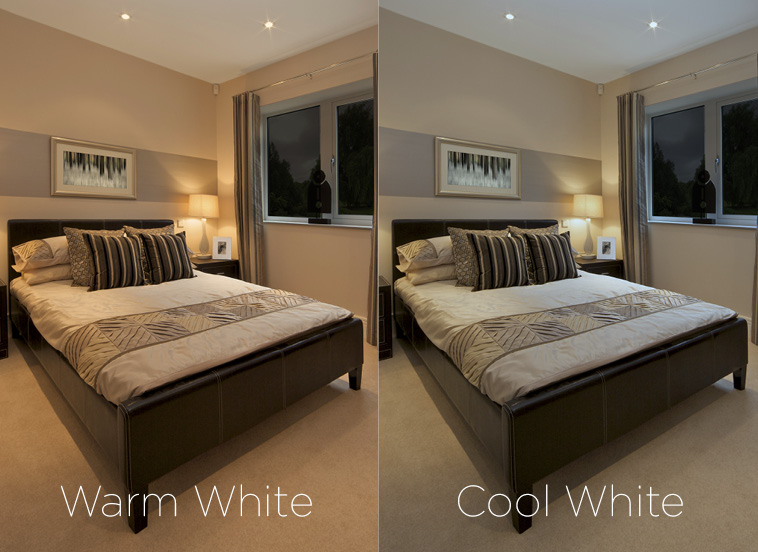
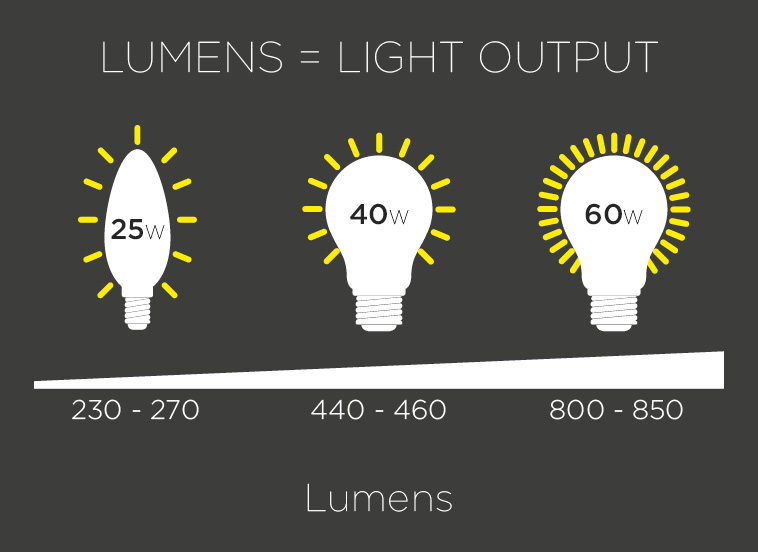
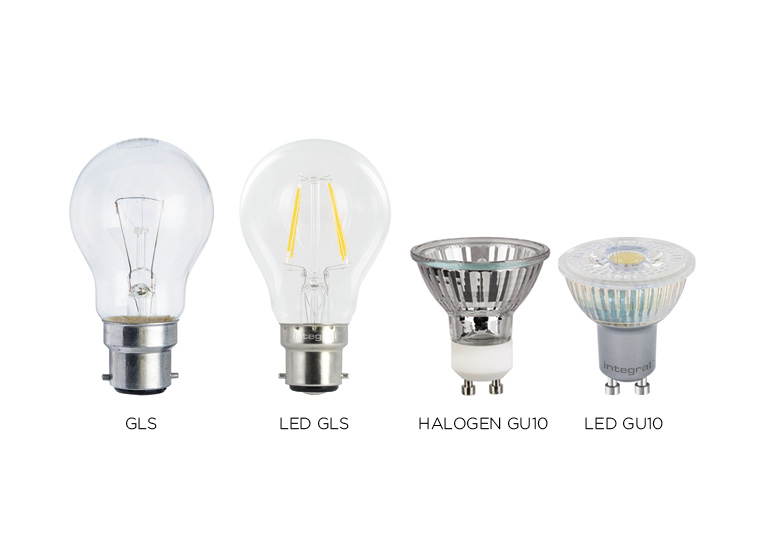
HIGHEST
QUALITY
COMPETITIVE
PRICES
EXPERTISE
EXTENSIVE
STOCK
NEWSLETTER
Sign-up to our newsletter and stay up to date with the latest product information and special offers.
